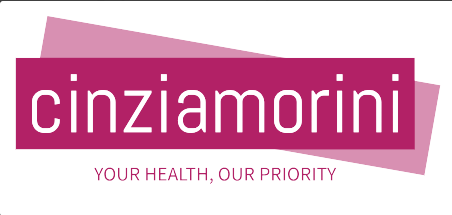What is the most common neurological disorder? Many do not even think that the answer is simple and common – this is migraine. More than 10% of people experience migraine attacks. However, the fact is that many don’t even identify it as a disease thinking they suffer from just a severe headache. What are the main symptoms and how to treat this neurological disorder? Read more about it.
What is Migraine?
Headache is one of the most painful health disorders and it leaves an imprint on the quality of life as it can reduce efficiency and be the reason for a depressed mood. The highest degree of headache is migraine. Migraine is a chronic disease of the nervous system, which manifests itself with periodic paroxysmal headaches. So, this is one of the most common neurological disorders.
What Are the Causes of Migraine
At the moment, there is no one-fit-all answer so the question of why migraine occurs remains open. According to the opinion and experience of specialists, there are several factors that can provoke such disorder:
- physical and emotional strain;
- constant stress;
- problems with the sleep schedule;
- chronic fatigue;
- the presence of head injury in the past;
- foods rich in thiamine (wine, chocolate, coffee, cheese, nuts, smoked meats);
- alcohol and smoking;
- changes in atmospheric pressure, and temperature;
- hypothermia or overheating;
- some hormonal changes: signs of migraine are more common in women (during pregnancy, during puberty, before or during menstruation)
- flights and jetlags;
- the intake of some medications (especially hormones)
- problems with eating habits.
What Are The Main Symptoms?
Below are the main symptoms of a migraine:
- the pain is paroxysmal, pulsating
- the pain is unilateral (on the right or left side of the head)
- Medium or high-intensity headache
- The pain increases with movement
- May be accompanied by nausea or vomiting
- Becomes extensive due to the loud sounds and bright light.
Also, this disease can be accompanied by a different frequency of attacks. There is episodic migraine and chronic headache. Episodic anxiety is rare and often goes away without any consequences. As for chronic headaches, attacks can last more than 15 days a month for 3 or even more months.
How to Treat Migraine?
Unfortunately, there is no 100% cure for migraine. However, in most cases, a doctor will be able to suggest a personalized solution to relieve attacks and reduce their frequency. Prevention of migraine attacks can be pharmacological and non-pharmacological.
Hence, it is vital to note that the quality of migraine treatment primarily depends on the patient himself. The treatment of this problem involves following the recommendations of the doctor, changing lifestyle, and identifying and eliminating all provoking factors.
The Bottom Line
There is a need to pay attention to the headache so as not to miss the progress of the migraine. If you experience any of the above symptoms, you should consult a doctor. It is also very important to review your lifestyle to get rid of this neurological disorder and improve the quality of your life.

